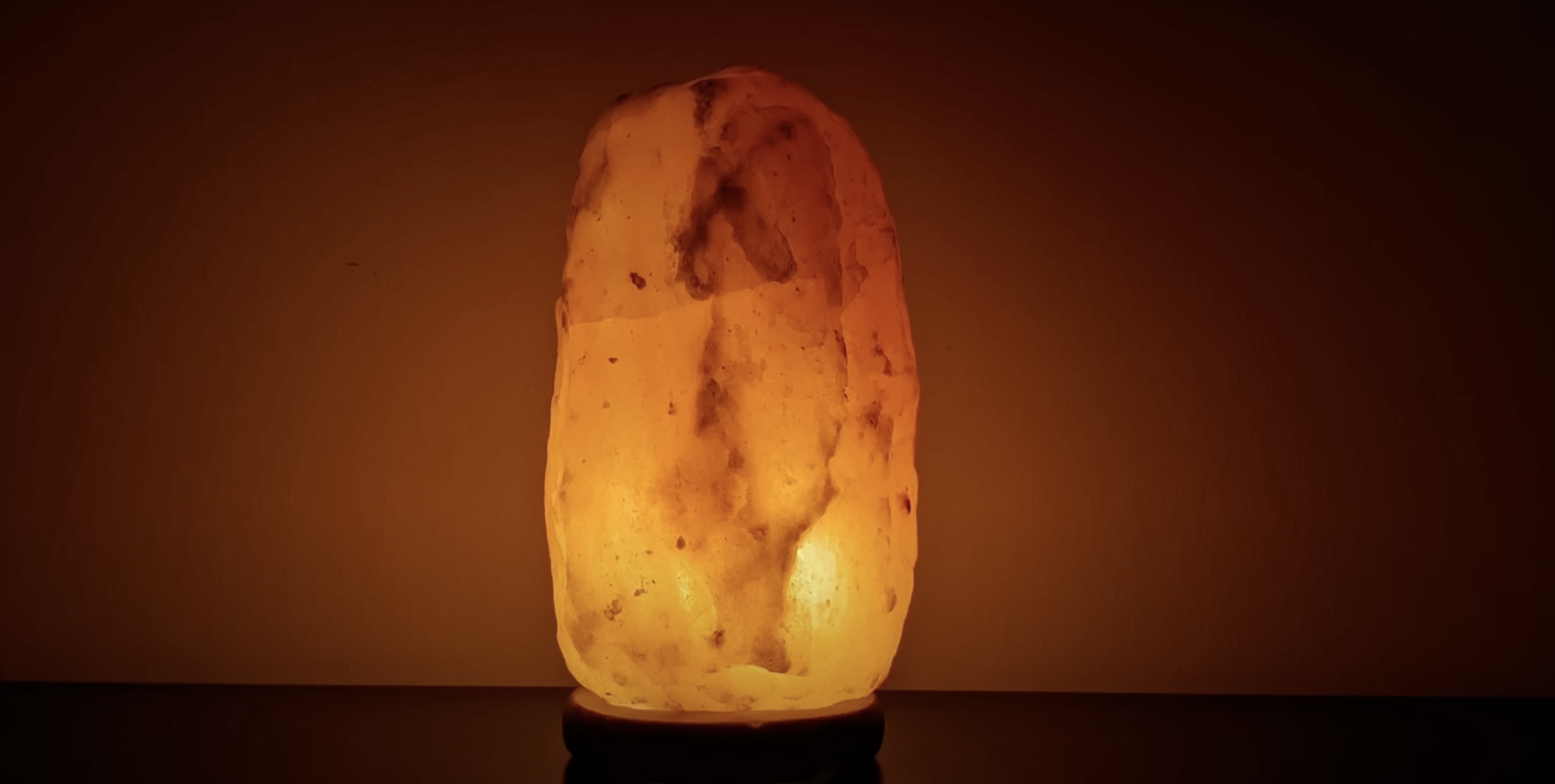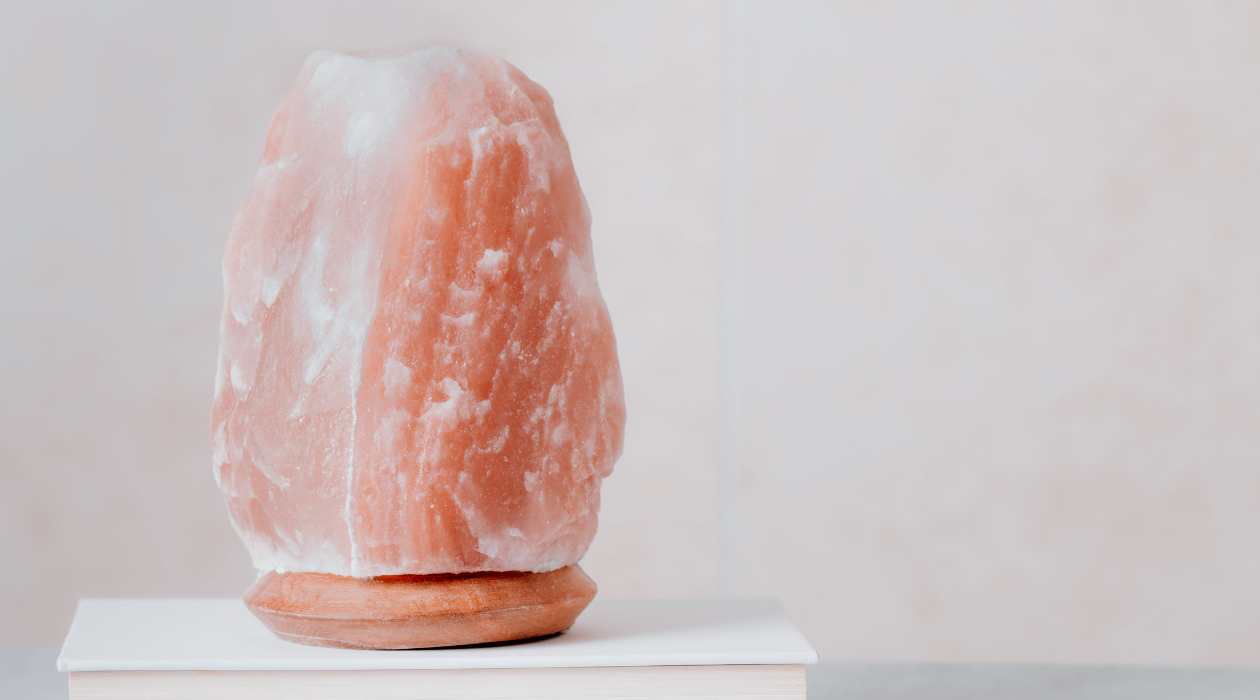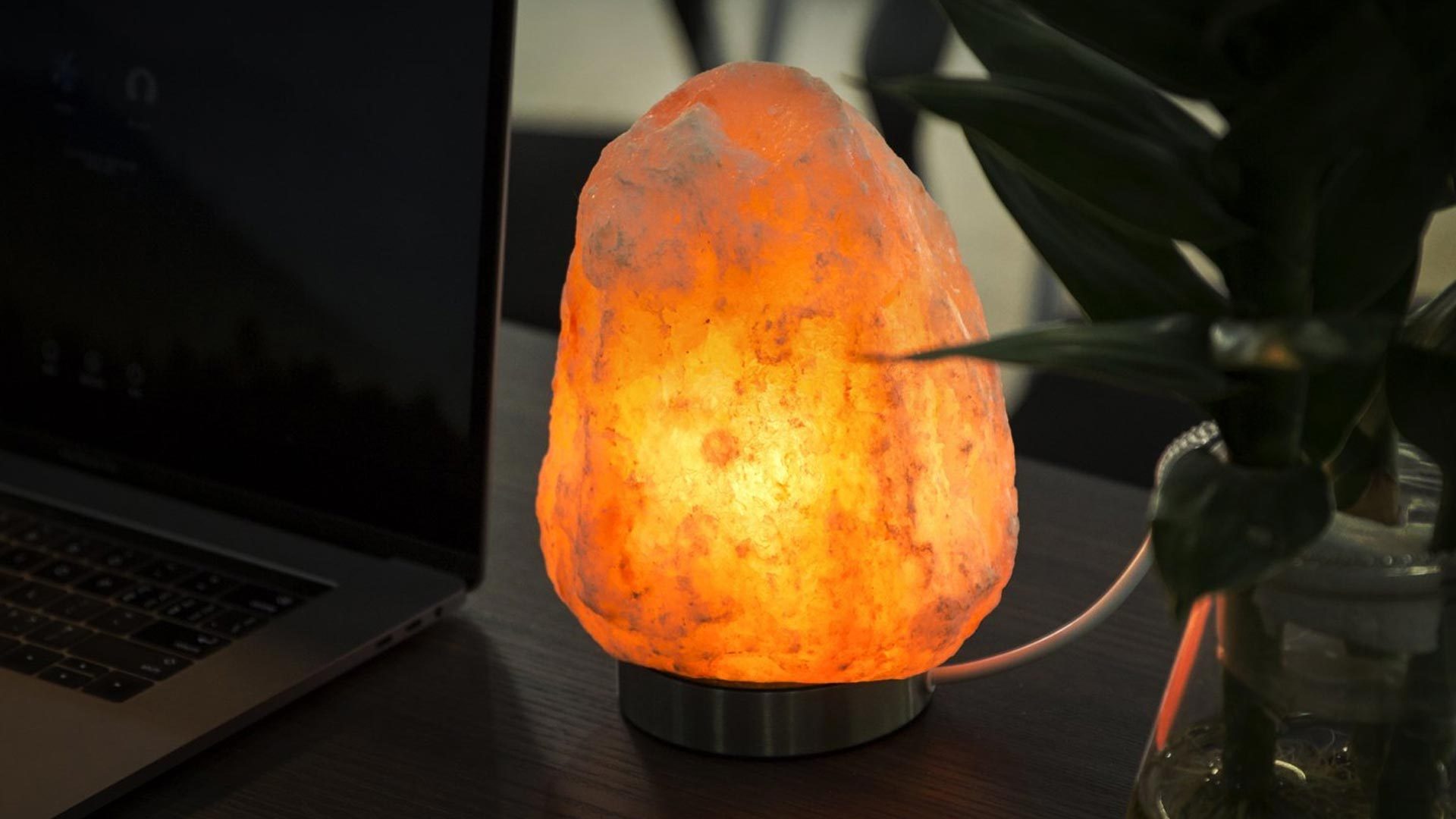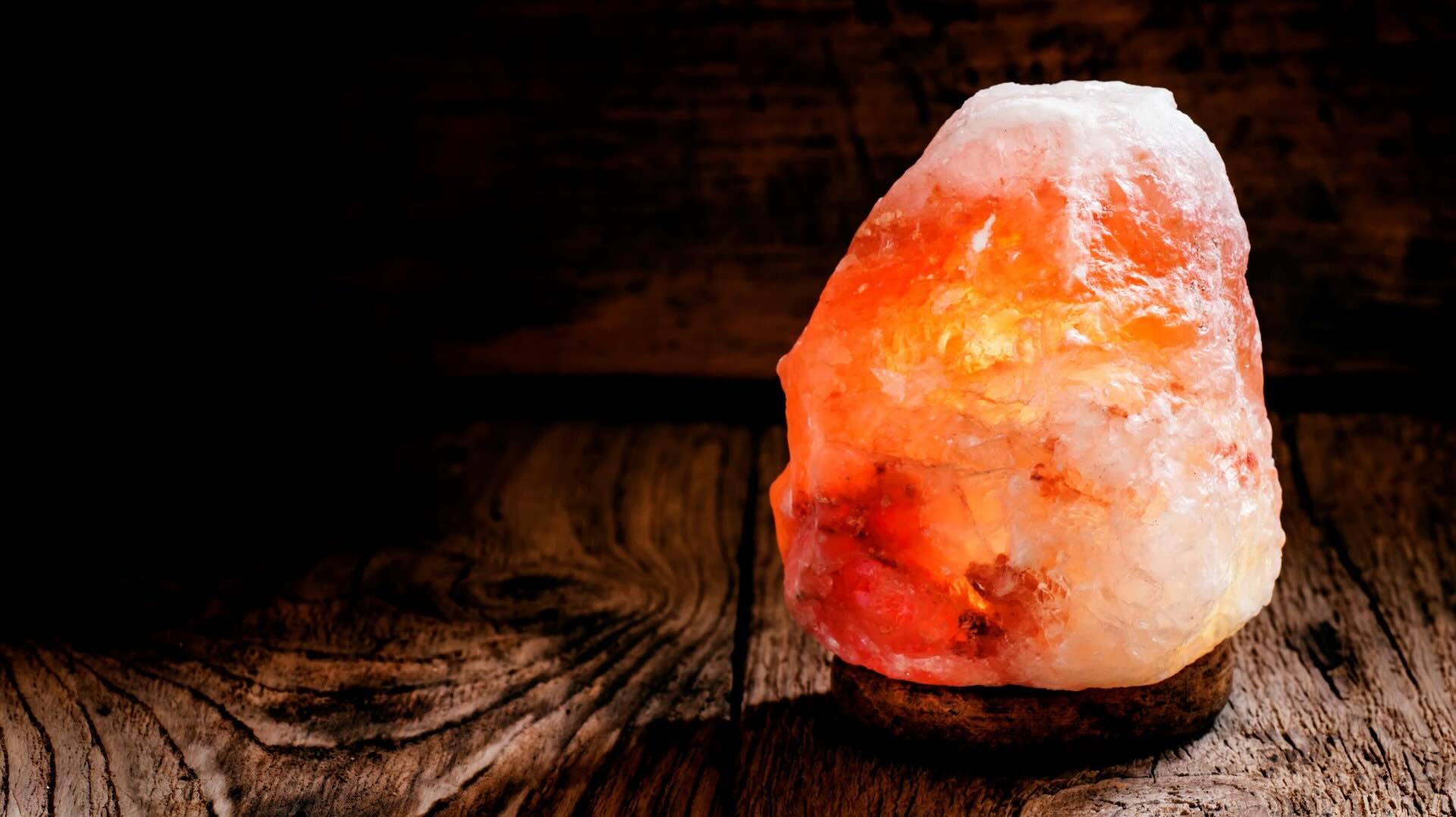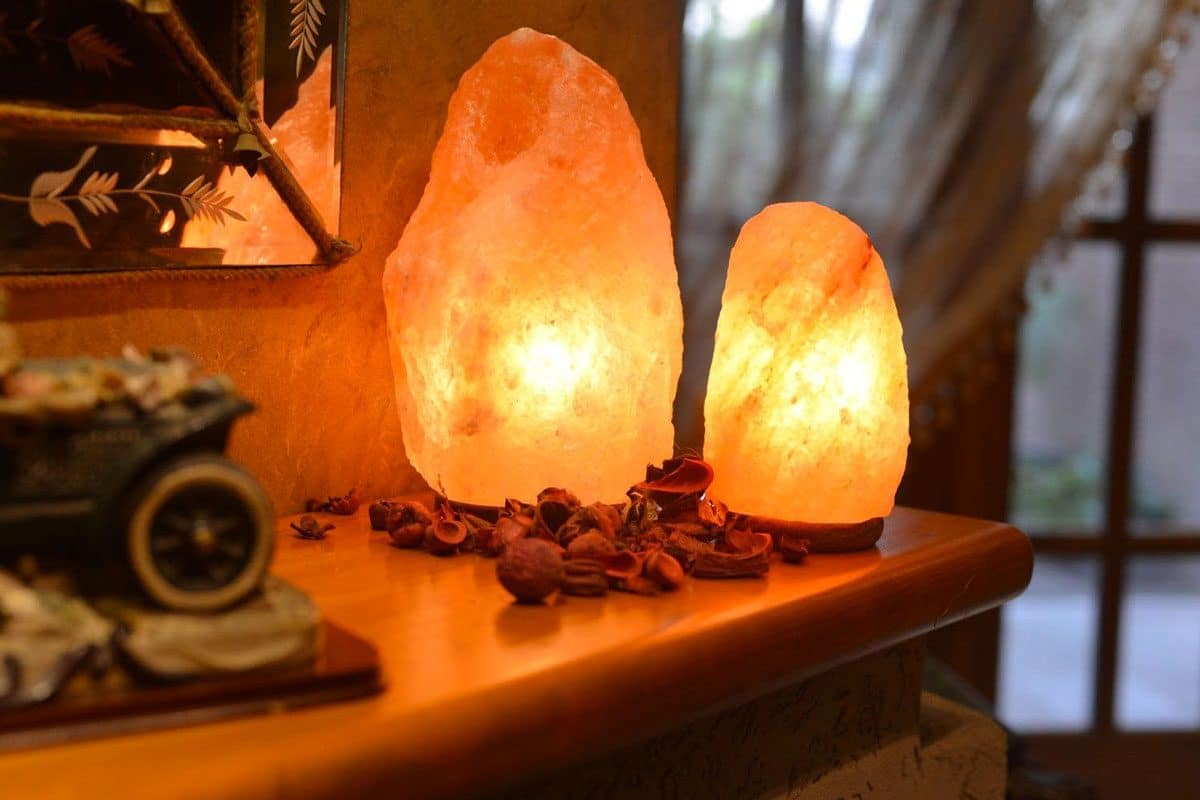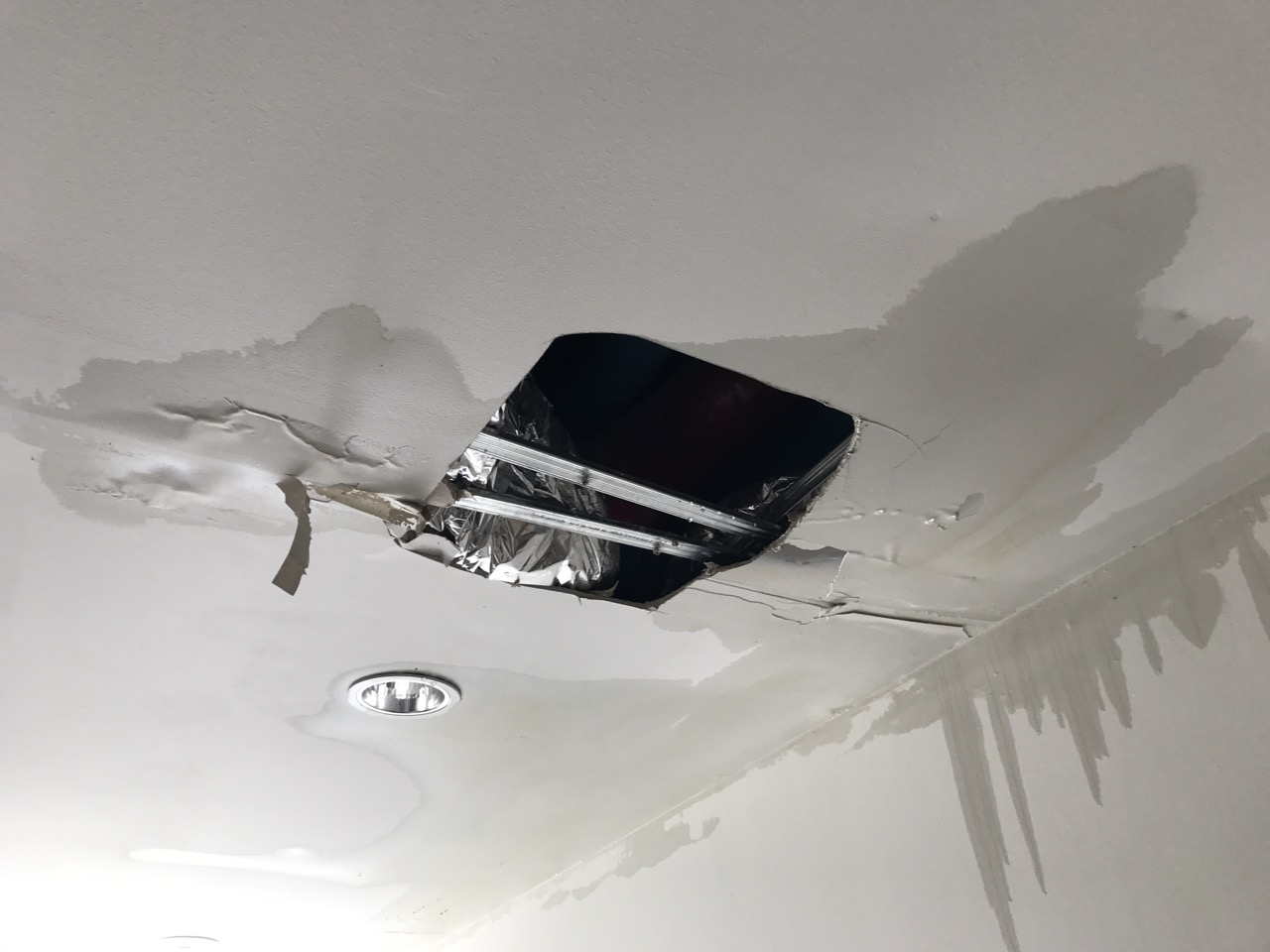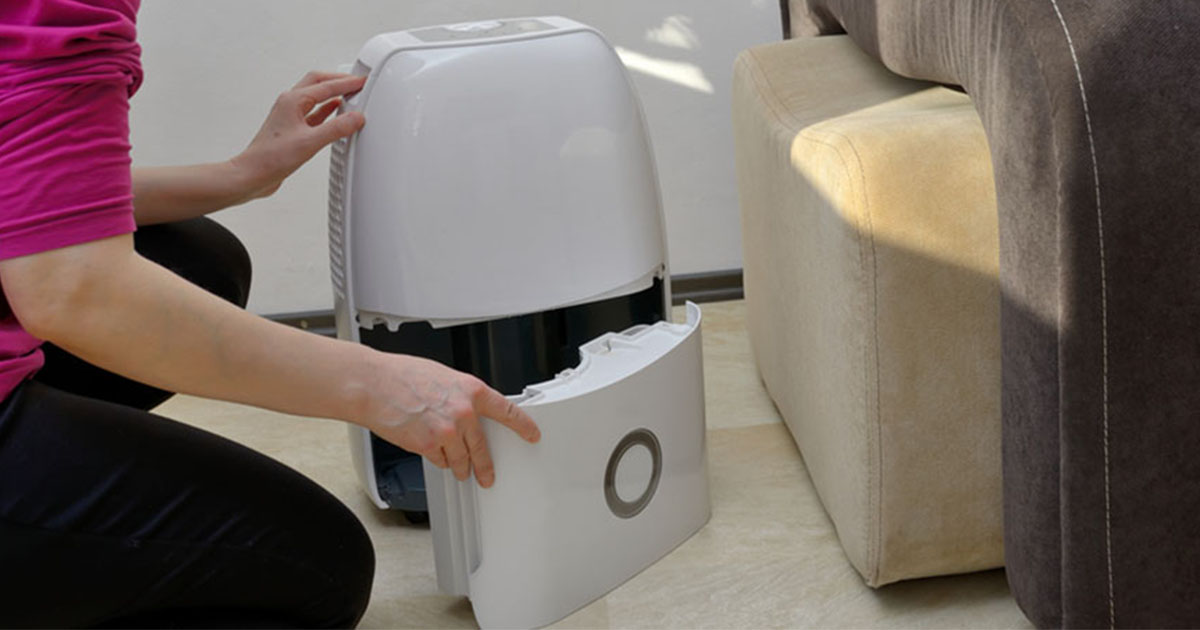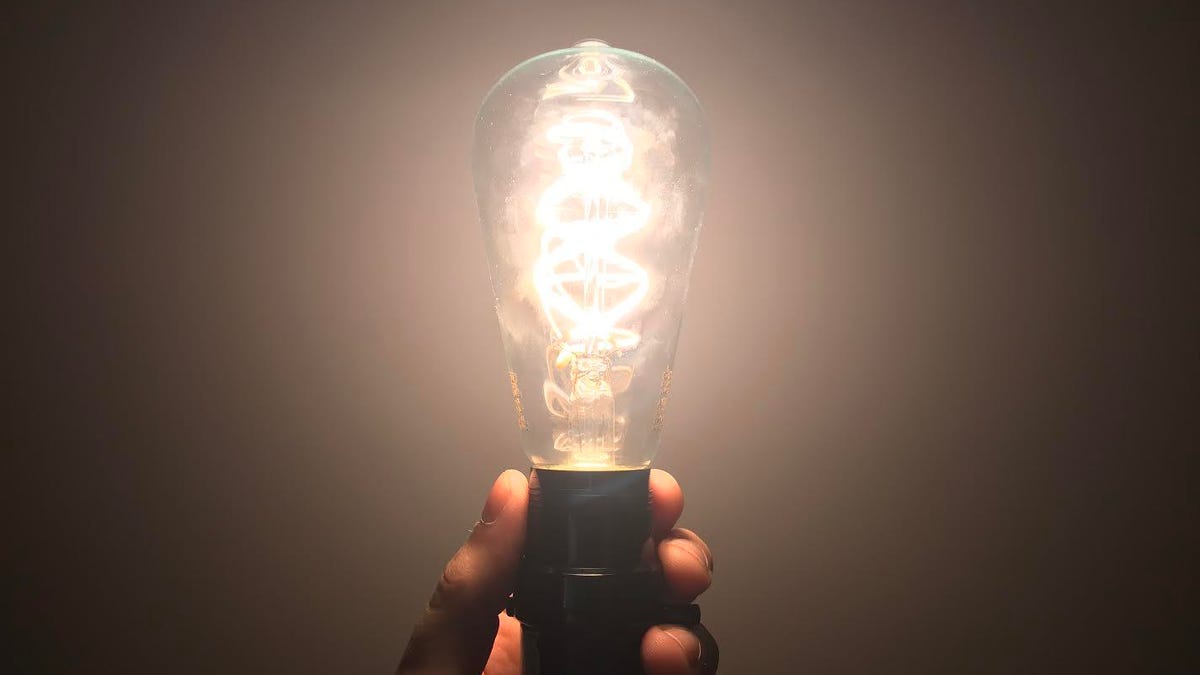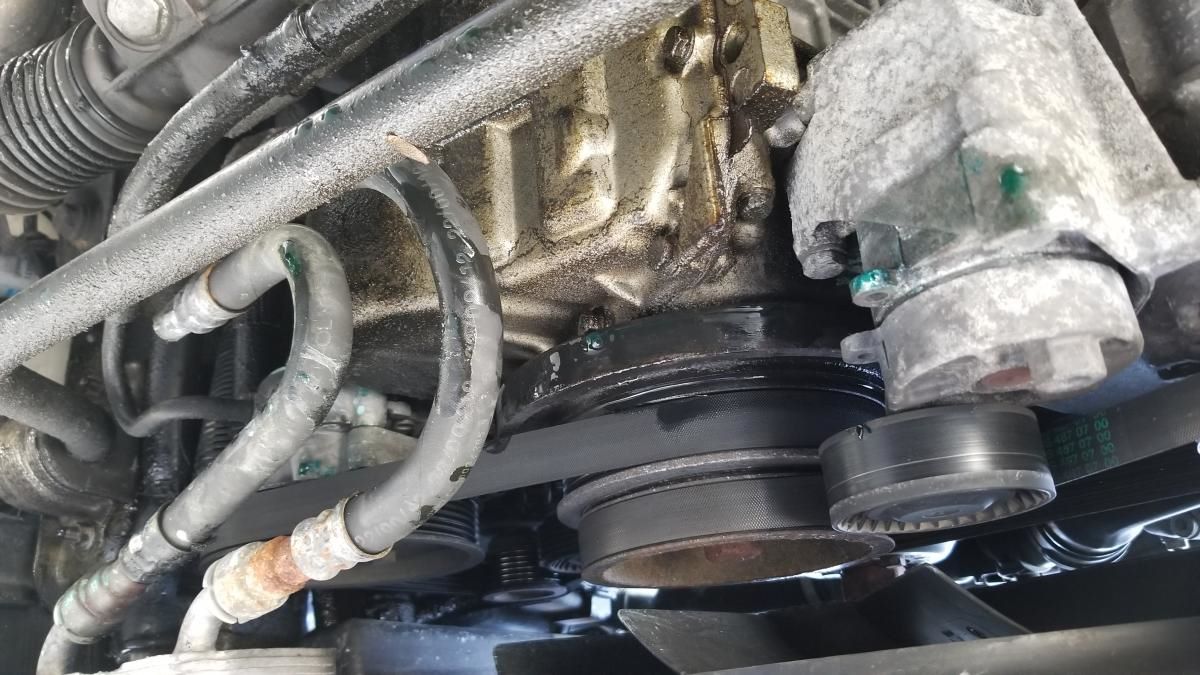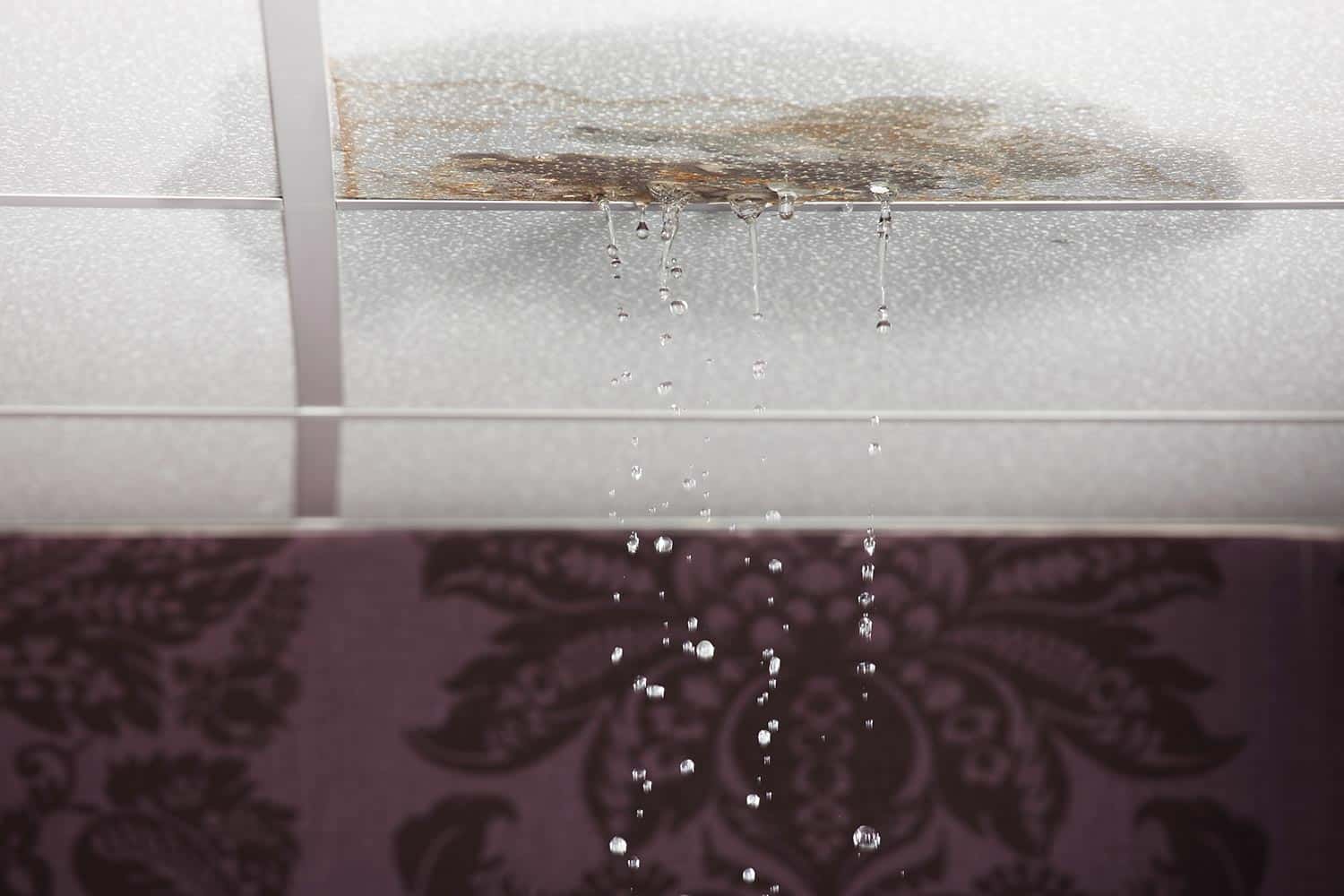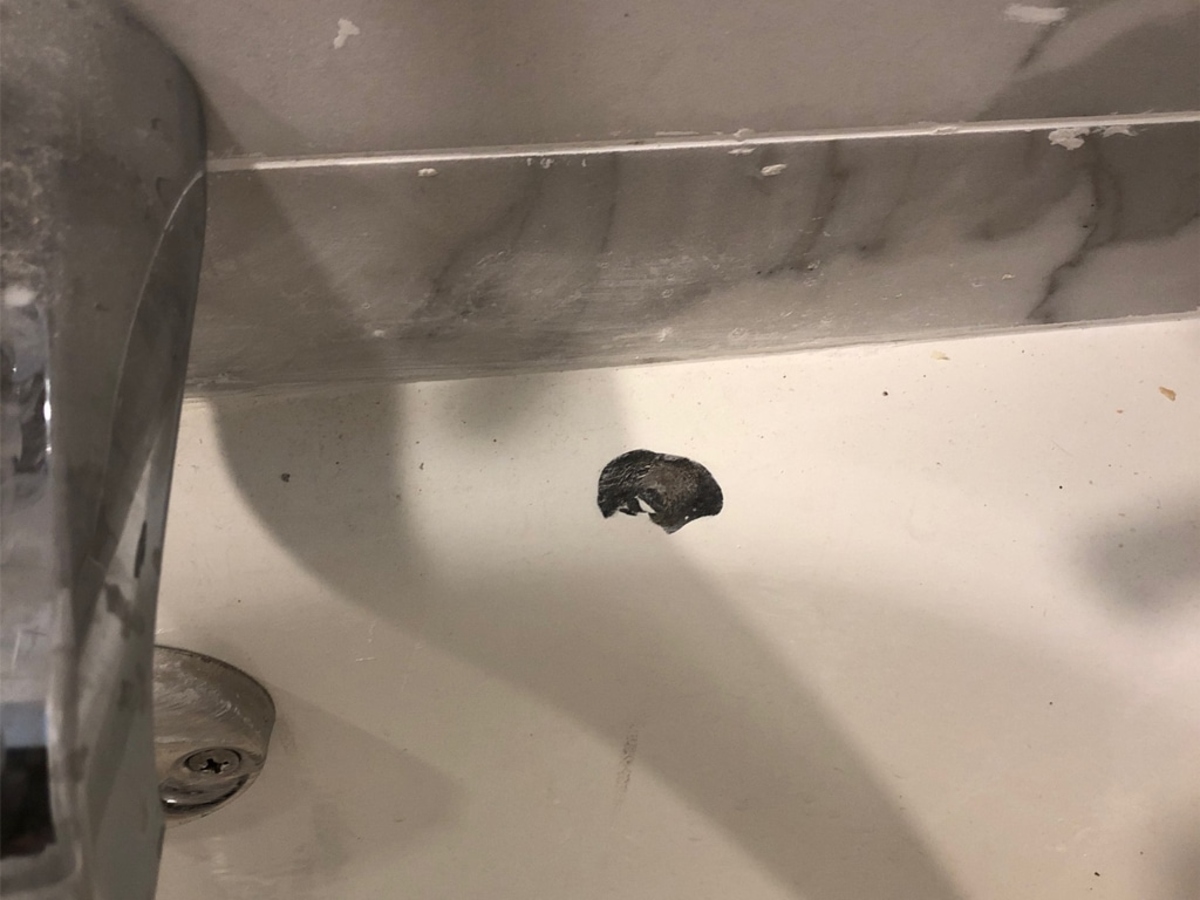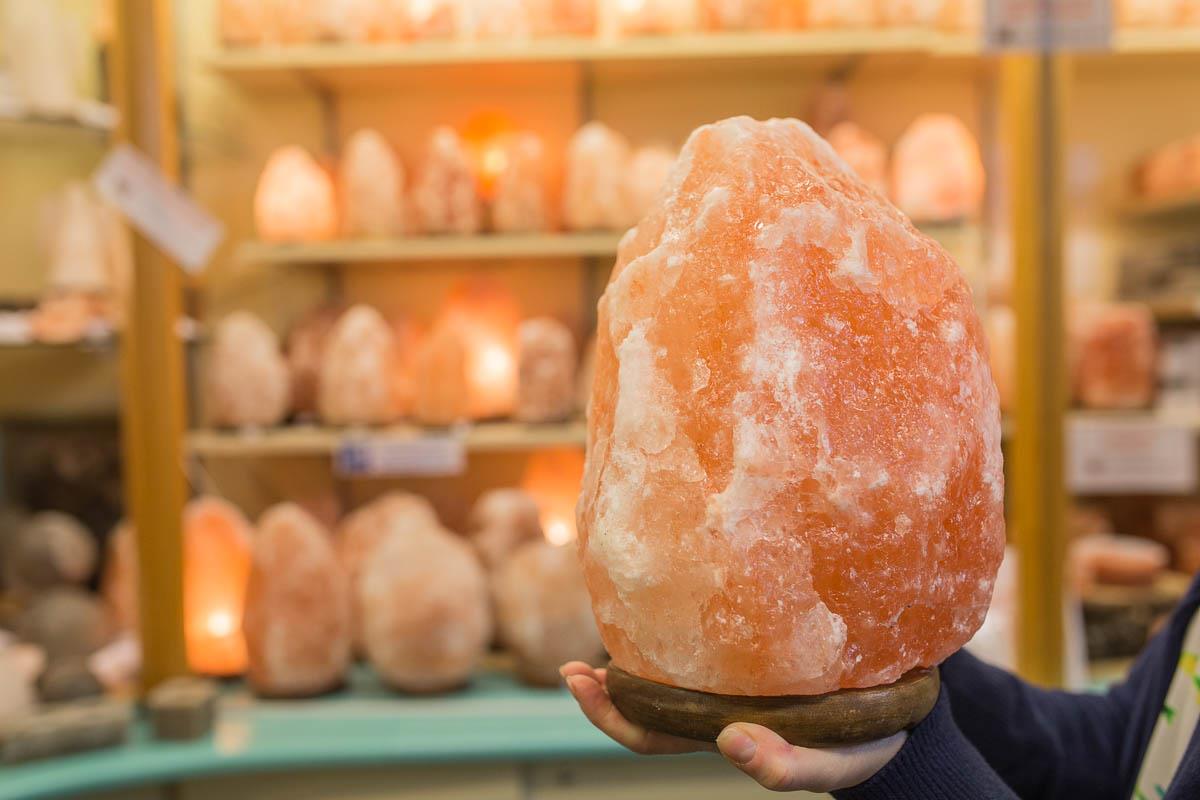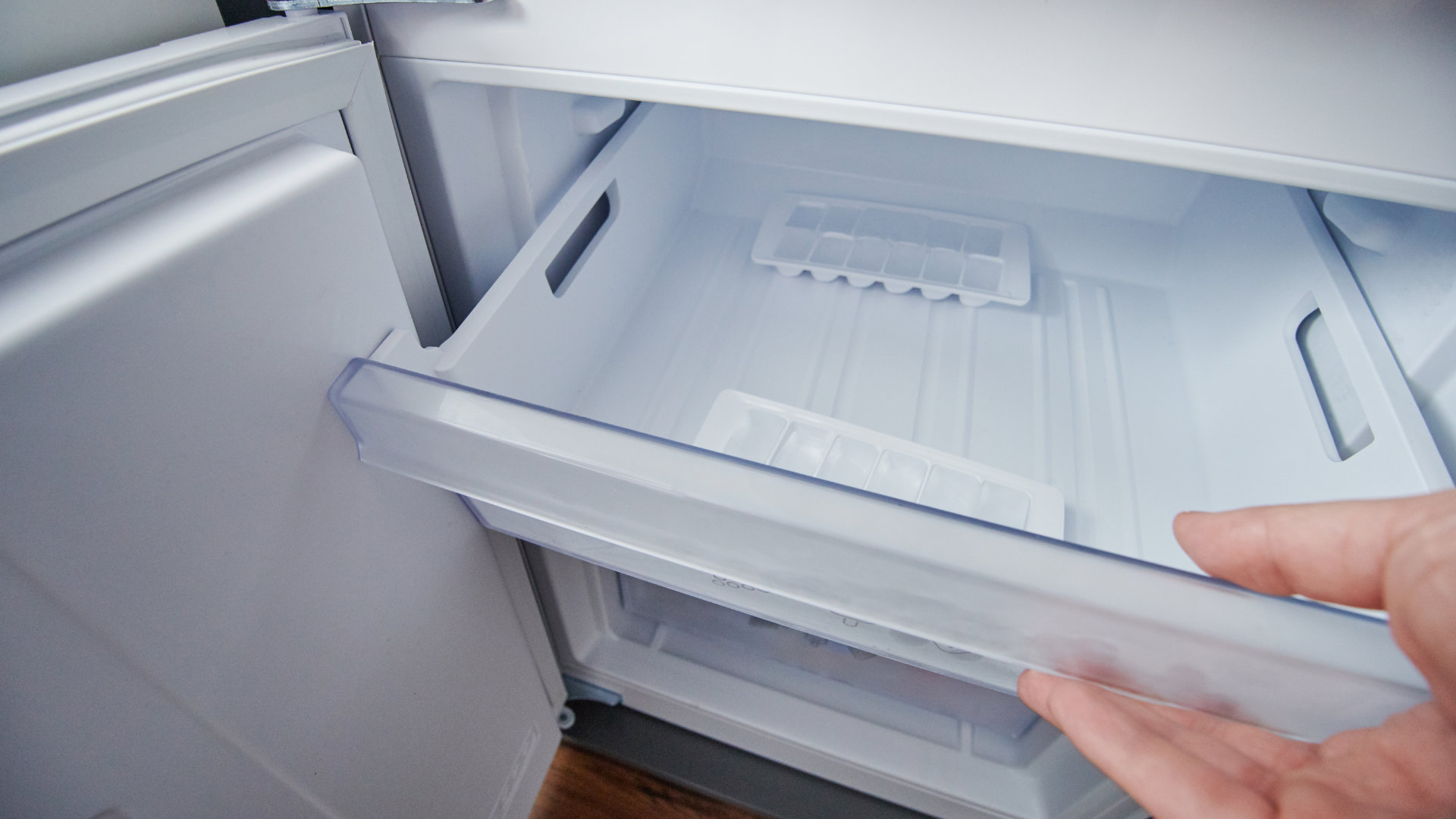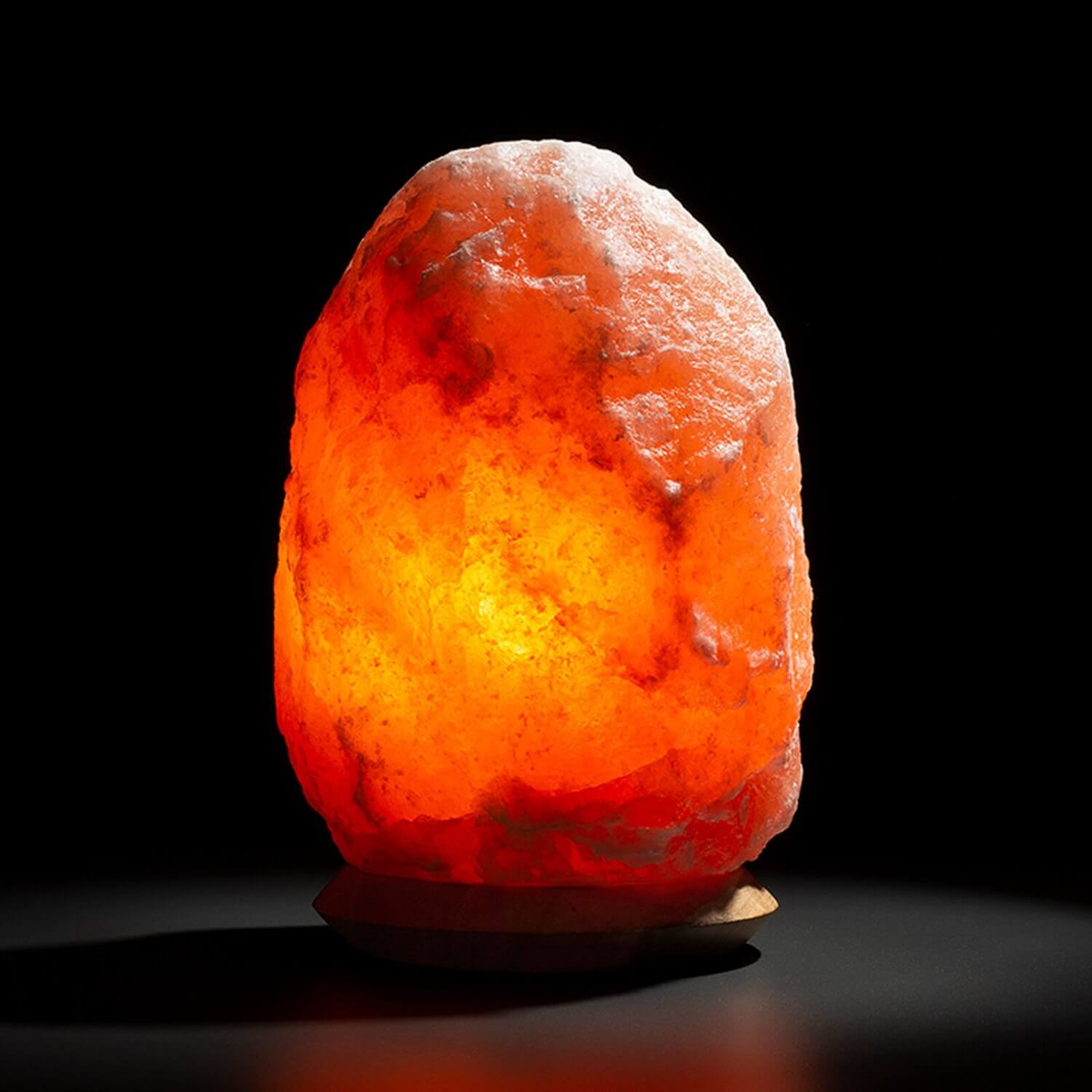

Furniture
Why Is My Himalayan Salt Lamp Leaking
Modified: February 24, 2024
Discover why your furniture Himalayan salt lamp is leaking and learn how to fix it. Find helpful tips and solutions to prevent further leakage.
(Many of the links in this article redirect to a specific reviewed product. Your purchase of these products through affiliate links helps to generate commission for Storables.com, at no extra cost. Learn more)
Introduction
Welcome to the wonderful world of Himalayan salt lamps! These stunning natural creations not only add a touch of beauty to any space but also offer a plethora of health benefits. The unique pink-orange hue and warm glow emitted by Himalayan salt lamps create a soothing and peaceful ambiance, making them a popular choice among interior decor enthusiasts.
However, like any other natural product, Himalayan salt lamps may occasionally encounter issues that require attention and maintenance. One such common issue that many salt lamp owners face is leaking.
In this article, we will delve deeper into the phenomenon of leaking in Himalayan salt lamps. We will explore the causes of this issue, its potential effects, and provide helpful tips on prevention, maintenance, and even fixing a leaking Himalayan salt lamp.
Key Takeaways:
- Embrace the beauty and benefits of Himalayan salt lamps, but be mindful of potential leaking issues caused by high humidity, poor ventilation, and improper storage. Take proactive steps to prevent and address leaking for a long-lasting salt lamp experience.
- Leaking in Himalayan salt lamps can lead to surface damage, electrical issues, mold growth, and saltwater staining. Implement preventive measures, regular maintenance, and proper care to minimize the risk of leaking and preserve the functionality and aesthetic appeal of your salt lamp.
Read more: What Is A Himalayan Salt Lamp Good For?
Understanding Himalayan Salt Lamps
Himalayan salt lamps are made from large chunks of pure Himalayan salt crystals that are excavated from the Khewra Salt Mine in Pakistan. These salt crystals have been formed over millions of years and contain numerous minerals and trace elements, giving them their distinctive pink-orange color.
When a Himalayan salt lamp is lit, the heat from the bulb inside the lamp causes the salt crystals to release negative ions into the air. Negative ions are believed to have various benefits, such as improving indoor air quality, reducing stress, boosting mood, and promoting better sleep.
Aside from their potential health benefits, Himalayan salt lamps are also highly regarded for their aesthetic appeal. Each lamp is unique, with its own natural shape and color variations, making them a captivating addition to any home or office space.
It’s important to note that Himalayan salt lamps are hygroscopic, meaning they have the ability to attract and absorb moisture from the surrounding environment. This natural property is what makes them susceptible to certain issues, such as leaking.
Now that we have a basic understanding of Himalayan salt lamps, let’s explore the common issues that can arise with these exquisite natural wonders.
Common Issues with Himalayan Salt Lamps
While Himalayan salt lamps are generally known for their durability and longevity, they can encounter a few common issues that may require attention. Understanding these issues will help you properly care for your salt lamp and ensure its optimal performance. Here are some of the most common issues:
- Leaking: Leaking is a prevalent issue in Himalayan salt lamps. It refers to the formation of moisture or water droplets on the lamp’s surface. This can occur due to various factors, including humidity levels, improper storage, or exposure to excessive moisture.
- Cracking: Cracking can occur in salt lamps when they are exposed to rapid temperature changes. This can happen if you place a cold salt lamp in a hot environment or vice versa. The rapid expansion or contraction of the salt crystals can cause them to crack.
- Bulb Issues: Occasionally, the bulb inside the salt lamp may malfunction or burn out. This can result in a dim or flickering light or no light at all. It’s important to use the recommended bulb wattage and replace any faulty bulbs promptly.
- Base Stability: Some salt lamps come with wooden bases or other supports. Over time, the base may become unstable or wobbly, affecting the overall stability of the lamp. This can be due to wear and tear, improper handling, or low-quality craftsmanship.
- Fading: With prolonged exposure to sunlight or strong artificial light, the vibrant color of a Himalayan salt lamp may fade. While this does not impact the lamp’s functionality, it can diminish its aesthetic appeal.
Now that we have identified the common issues associated with Himalayan salt lamps, let’s focus specifically on the issue of leaking and understand its causes and effects.
The Issue of Leaking
Leaking is a common issue that salt lamp owners may encounter. It refers to the presence of moisture or water droplets on the surface of the lamp. This can be frustrating and concerning, especially since salt lamps are meant to be dry and not prone to moisture. So, why do Himalayan salt lamps leak?
The leaking phenomenon in salt lamps is primarily attributed to the hygroscopic nature of salt crystals. Himalayan salt lamps have the ability to attract and absorb moisture from the surrounding environment. Various factors can contribute to the formation of moisture on the surface of the lamp.
One of the main culprits behind leaking is high humidity levels. If you live in an area with excessive moisture in the air, such as coastal regions or during rainy seasons, the salt lamp may absorb this moisture and result in leaking. Additionally, placing the lamp in a room with poor ventilation or near sources of moisture, such as a bathroom or kitchen, can also contribute to the accumulation of moisture on the lamp’s surface.
Improper storage is another factor that can lead to leaking. If the salt lamp is stored in a damp or humid environment, such as a basement or a room with high humidity, the salt crystals can absorb the moisture and cause leakage when the lamp is in use.
Exposed salt lamps are more likely to experience leaking compared to those kept in enclosed spaces. Direct exposure to moisture, such as rainwater, splashes, or accidental spills, can cause the salt crystals to absorb the moisture and lead to leakage.
While the issue of leaking is generally harmless and does not affect the functioning of the salt lamp, it is important to address it promptly to prevent further moisture absorption and potential damage to the lamp.
In the next section, we will explore the causes of leaking in more detail and discuss its potential effects on the salt lamp.
Causes of Leaking
Leaking in Himalayan salt lamps can be attributed to a few different causes. Understanding these causes will help you take the necessary steps to prevent and address the issue. Here are the main factors that contribute to leaking:
- High Humidity Levels: One of the primary causes of leaking is excessive humidity in the surrounding environment. When the humidity levels are high, the salt crystals in the lamp absorb the moisture from the air, resulting in the formation of moisture or water droplets on the surface.
- Poor Ventilation: Placing a salt lamp in a poorly ventilated area can trap moisture around the lamp. This can further exacerbate the issue of leaking. It is advisable to keep your salt lamp in a well-ventilated space to allow proper air circulation.
- Direct Exposure to Moisture: If a salt lamp is exposed to direct sources of moisture, such as rainwater, splashes, or accidental spills, it can absorb the moisture and lead to leaking. It is essential to keep your salt lamp away from areas prone to water exposure.
- Improper Storage: Storing a salt lamp in a damp or humid environment can cause the salt crystals to absorb moisture, resulting in leaking once the lamp is in use. Make sure to store your salt lamp in a dry area when not in use to prevent moisture accumulation.
- Quality of Salt Crystal: The quality of the salt crystal can also impact the propensity for leaking. Lower-quality salt crystals may be more susceptible to absorbing and retaining moisture, leading to increased leaking. It is recommended to choose salt lamps made from high-quality salt crystals.
It’s important to note that while leaking can be a common occurrence in salt lamps, not all lamps will experience this issue. Factors such as the environmental conditions and maintenance practices can impact the likelihood of leaking.
Now that we have identified the causes of leaking, let’s move on to discussing the potential effects this issue can have on your Himalayan salt lamp.
Ensure that your Himalayan salt lamp is not exposed to high humidity or moisture, as this can cause it to leak. Keep it in a dry environment to prevent any leaking.
Read more: How To Dispose Of A Himalayan Salt Lamp
Effects of Leaking
Leaking in Himalayan salt lamps can have a few potential effects, both on the lamp itself and on its surroundings. Understanding these effects will help you gauge the severity of the issue and take appropriate measures to address it. Here are the main effects of leaking:
- Surface Damage: When moisture or water droplets accumulate on the surface of the salt lamp, it can lead to potential damage. The salt crystals can dissolve or erode over time, causing the surface to become uneven or rough. This can affect the overall appearance and aesthetic appeal of the lamp.
- Electrical Issues: In some cases, excessive moisture in the lamp can lead to electrical issues. If water seeps into the electrical component of the lamp, it may cause short circuits or damage the wiring. This can result in the lamp malfunctioning, flickering, or even posing a safety hazard.
- Mold Growth: Moisture accumulation in and around the salt lamp can create an environment conducive to mold growth. Mold thrives in damp conditions, and if left unaddressed, it can spread and affect the lamp and its surroundings. Mold can lead to adverse health effects, especially for individuals with allergies or respiratory conditions.
- Salt Puddles: If the leaking is severe, it can result in pools of saltwater forming around the lamp. These salt puddles can damage furniture, flooring, or any other surface they come into contact with. The saltwater can leave stains or discoloration, and if not cleaned promptly, it may be challenging to remove.
- Air Quality Impact: While leaking itself does not impact the air quality like the negative ion release from the salt lamp, excessive moisture can create a damp environment that promotes the growth of mold, bacteria, or other allergens. This can compromise the air quality in the immediate vicinity of the lamp.
It’s crucial to address the issue of leaking as soon as it is noticed to prevent further damage and potential health risks. In the next section, we will discuss prevention and maintenance tips to help you avoid the issue of leaking in your Himalayan salt lamp.
Prevention and Maintenance
Preventing leaking in your Himalayan salt lamp and maintaining its optimal condition involves a combination of proper care, storage, and regular maintenance. By following these preventive measures, you can minimize the chances of experiencing leaking and ensure that your salt lamp remains in excellent shape. Here are some helpful tips:
- Choose a Suitable Location: Place your salt lamp in a room with optimal humidity levels. Avoid areas with high moisture, such as bathrooms or kitchens, as these can contribute to leaking.
- Avoid Direct Moisture Exposure: Keep your salt lamp away from direct sources of water, including rainwater, splashes, or accidental spills. This will minimize the risk of moisture absorption and leaking.
- Ensure Adequate Ventilation: Place your salt lamp in a well-ventilated area to encourage air circulation. Proper ventilation helps prevent the buildup of moisture around the lamp.
- Proper Storage: When not in use, store your salt lamp in a dry area. Avoid storing it in damp or humid environments, such as basements or areas prone to moisture buildup.
- Regular Cleaning: Dust and wipe your salt lamp regularly using a soft, dry cloth. This helps remove any surface moisture and prevents the accumulation of dust and debris, which can contribute to leaking. Make sure the lamp is turned off and unplugged before cleaning.
- Use a Bulb of Appropriate Wattage: Follow the manufacturer’s recommendations and use the correct bulb wattage for your salt lamp. Using a bulb with higher wattage than recommended can generate excessive heat and contribute to moisture buildup.
- Monitor and Control Humidity Levels: Use a dehumidifier or an air conditioner to maintain optimal humidity levels in the room. This helps minimize the chances of excess moisture being absorbed by the salt lamp.
By implementing these preventive measures and maintaining good care practices, you can prolong the lifespan of your Himalayan salt lamp and minimize the risk of leaking. However, if you do encounter leaking despite these precautions, it’s important to address it promptly.
In the next section, we will discuss tips on fixing a leaking Himalayan salt lamp in case you encounter this issue.
Fixing a Leaking Himalayan Salt Lamp
If you notice your Himalayan salt lamp is leaking, there are a few steps you can take to address the issue and prevent further moisture buildup. Here are some tips for fixing a leaking salt lamp:
- Turn Off and Unplug: Before attempting to fix the leaking issue, ensure that the salt lamp is turned off and unplugged from the power source. This is crucial for your safety and to prevent any electrical damage.
- Dry the Lamp: Use a soft, dry cloth or paper towel to gently wipe the surface of the lamp and remove any moisture or water droplets. Be careful not to apply excessive force or rub the surface vigorously, as this can cause the salt crystals to erode or dissolve.
- Assess the Environment: Evaluate the environment where the lamp is placed. If the lamp is exposed to excessive humidity or direct moisture sources, consider relocating it to a drier area with better ventilation.
- Reduce Humidity: Lowering the humidity in the room can help prevent further leaking. Use a dehumidifier or air conditioning system to control the moisture levels and create a drier environment.
- Use a Bulb of Lower Wattage: If the heat from the bulb is contributing to the leaking issue, try using a bulb with a lower wattage. The reduced heat output may help minimize moisture absorption and leaking.
- Consider Lamp Covers: To protect your salt lamp from direct moisture exposure, you can consider using a lamp cover or a plastic bag when not in use. This can help prevent moisture absorption and potential leaking.
- Regular Maintenance: Continue to dust and clean your salt lamp regularly to prevent dust and debris buildup, which can contribute to moisture retention and leaking.
Keep in mind that fixing a leaking Himalayan salt lamp may not entirely eliminate the issue, especially if it is caused by high humidity levels or other environmental factors. If the problem persists or worsens, it may be necessary to seek professional advice or consider replacing the lamp.
By following these tips and practicing proper maintenance, you can address the issue of leaking and ensure that your Himalayan salt lamp continues to provide its health benefits and add beauty to your space.
Conclusion
Himalayan salt lamps are not only aesthetically pleasing but also offer a range of potential health benefits. However, it is important to be aware of the common issues that can arise with these unique natural creations. Leaking is one such issue that salt lamp owners may encounter. Understanding the causes and effects of leaking is essential for proper maintenance and care.
Leaking in Himalayan salt lamps can occur due to factors such as high humidity levels, poor ventilation, direct moisture exposure, improper storage, and the quality of the salt crystal. While leaking itself may not significantly impact the lamp’s functionality, it can cause surface damage, electrical issues, mold growth, and saltwater staining.
To prevent leaking, it is crucial to choose a suitable location for your salt lamp, avoid direct moisture exposure, ensure adequate ventilation, practice proper storage, and undertake regular cleaning. Additionally, using a bulb of appropriate wattage and monitoring humidity levels can also help prevent leaking.
If you do encounter leaking, take immediate action by turning off and unplugging the lamp, drying the surface, assessing the environment, and considering measures to reduce humidity and heat. Regular maintenance and cleaning are essential to prevent dust and debris buildup, which can contribute to leaking.
However, it’s important to note that in some cases, fixing a leaking Himalayan salt lamp may not completely resolve the issue. If the problem persists or worsens, it may be necessary to seek professional guidance or consider replacing the lamp.
In conclusion, understanding the common issues, prevention techniques, and proper maintenance of Himalayan salt lamps will enable you to enjoy their beauty and potential health benefits to the fullest. By taking care of your salt lamp, you can ensure its longevity and continued performance for years to come.
Frequently Asked Questions about Why Is My Himalayan Salt Lamp Leaking
Was this page helpful?
At Storables.com, we guarantee accurate and reliable information. Our content, validated by Expert Board Contributors, is crafted following stringent Editorial Policies. We're committed to providing you with well-researched, expert-backed insights for all your informational needs.
